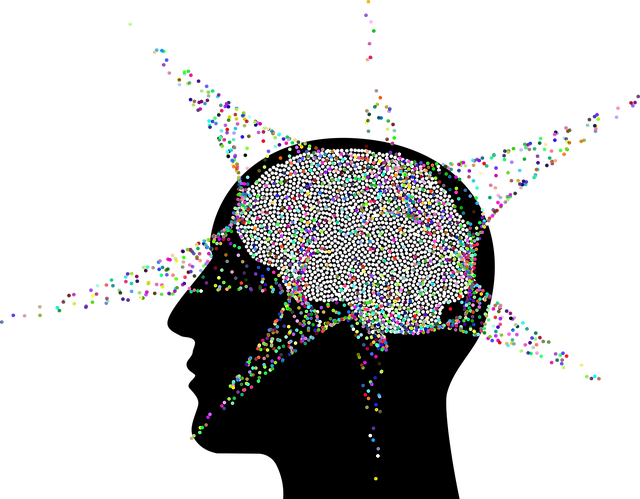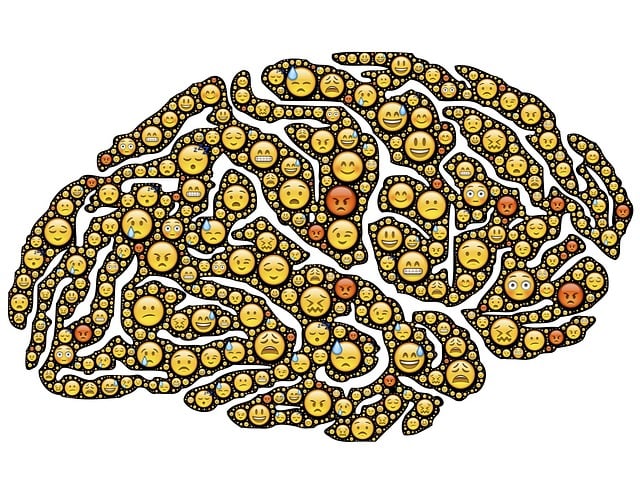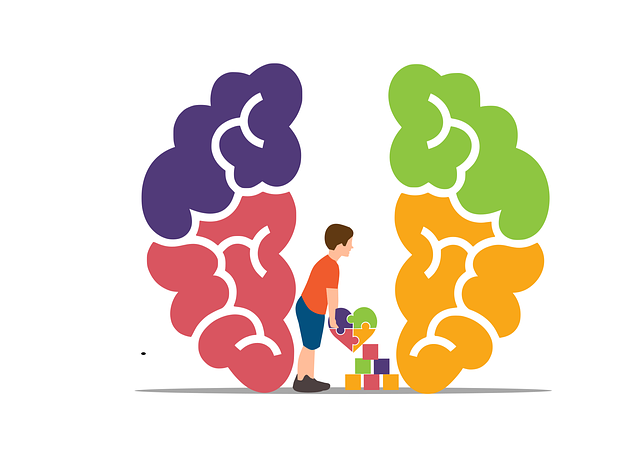Public awareness campaigns led by professionals at Wheat Ridge Chronic Illness Therapy educate communities about chronic illnesses using Compassion Cultivation Practices, creating supportive environments for accessible and meaningful health management learning. Targeting specific demographics ensures tailored messages for maximum impact. Compelling storytelling humanizes complex health issues, while digital platforms break down barriers and facilitate interactive content delivery. Measuring success through both quantitative and qualitative methods informs adjustments to improve patient outcomes.
Public awareness campaigns play a pivotal role in educating communities, especially regarding health initiatives like those offered at Wheat Ridge Chronic Illness Therapy. This article delves into the art and science of crafting compelling campaigns that resonate with diverse audiences. We explore strategies from understanding public behavior to leveraging technology for maximum impact. By examining successful techniques in education and communication, we’ll uncover how these campaigns can drive meaningful change, ultimately improving public health outcomes.
- Understanding Public Awareness: The Role of Education in Health Promotion
- Identifying Target Audiences for Effective Campaign Strategies
- Crafting Engaging Content: Messaging and Communication Techniques
- Leveraging Technology for Maximum Reach and Impact
- Measuring Success: Evaluating the Effectiveness of Public Awareness Campaigns
Understanding Public Awareness: The Role of Education in Health Promotion

Public awareness campaigns play a pivotal role in educating communities about various health issues, including chronic illnesses. At Wheat Ridge Chronic Illness Therapy, we understand that raising awareness is not merely about imparting knowledge; it’s about cultivating compassion and empowering individuals to take charge of their well-being. By integrating Compassion Cultivation Practices into our approach, we aim to create a supportive environment where learning becomes accessible and meaningful.
Education acts as a powerful tool in the prevention and management of chronic conditions. Through targeted campaigns, mental health professionals can implement effective Risk Management Planning, ensuring individuals are equipped with skills to enhance self-esteem and overall resilience. This proactive strategy not only improves health outcomes but also fosters a sense of community, where members support each other’s journeys towards better mental and physical health.
Identifying Target Audiences for Effective Campaign Strategies

Identifying target audiences is a critical step in developing successful public awareness campaigns, especially when addressing sensitive topics like chronic illness and mental health. By understanding the specific demographics and needs of the intended audience, campaign strategists can tailor their messages for maximum impact. For instance, a campaign aimed at raising awareness about wheat ridge chronic illness therapy should focus on individuals residing in areas with limited access to specialized healthcare, considering the unique challenges they face.
This approach ensures that educational initiatives, such as mental health education programs design and social skills training, resonate with those who stand to benefit most. Moreover, conducting a thorough risk assessment for mental health professionals involved in these campaigns is essential to safeguard their well-being while promoting effective engagement strategies.
Crafting Engaging Content: Messaging and Communication Techniques

Crafting compelling content is a key aspect of successful public awareness campaigns. When it comes to chronic illness, such as those managed at Wheat Ridge Chronic Illness Therapy, engaging messages are vital to capture and retain audiences’ attention. Incorporating storytelling techniques can humanize complex health issues, making them more relatable. For instance, sharing personal anecdotes or case studies allows campaigners to connect with individuals on a deeper level. This strategy not only educates but also inspires hope and fosters a sense of community among those facing similar challenges.
Effective communication strategies involve tailoring messages for different target groups. For example, when discussing stress management and burnout prevention—crucial aspects in today’s fast-paced world—campaigners might use various techniques to appeal to diverse audiences. Visual aids, infographics, and simple language can simplify complex concepts, ensuring that critical information reaches a broader spectrum of people. By combining compelling narratives with accessible communication, awareness campaigns become powerful tools for positive change.
Leveraging Technology for Maximum Reach and Impact

In today’s digital era, leveraging technology offers immense potential for public awareness campaigns to reach and impact a broader audience, especially when tailored to specific needs like those of individuals with chronic illnesses in Wheat Ridge Chronic Illness Therapy. Online platforms provide an opportunity to transcend geographical boundaries, ensuring that critical information and resources are accessible to all. Interactive tools such as social media, websites, and mobile applications can effectively communicate complex health messages through engaging content, including videos, infographics, and live streams. These digital avenues also enable two-way communication, facilitating feedback and discussions that foster a sense of community among campaign participants.
Furthermore, integrating technology into awareness campaigns enhances their sustainability and adaptability. Healthcare Provider Cultural Competency Training, Mindfulness Meditation, and Social Skills Training can be delivered digitally, making it convenient for individuals with varying schedules to access these essential resources. This approach also allows for real-time updates and adjustments based on user engagement, ensuring the campaign remains relevant and impactful over time. By combining traditional awareness methods with innovative technology, public health initiatives can achieve maximum reach and make a lasting difference in communities like Wheat Ridge Chronic Illness Therapy.
Measuring Success: Evaluating the Effectiveness of Public Awareness Campaigns

Measuring success is a vital aspect of evaluating the effectiveness of public awareness campaigns, especially when addressing complex issues like chronic illness management. For instance, at Wheat Ridge Chronic Illness Therapy, we’ve seen significant results from our initiatives focused on encouraging self-awareness exercises and burnout prevention strategies for healthcare providers. By implementing these campaigns, we aim to foster cultural sensitivity in mental healthcare practice, ultimately improving patient outcomes.
To gauge impact, a comprehensive evaluation strategy is essential. This includes tracking changes in public knowledge, attitudes, and behaviors related to the campaign’s focus. Quantitative methods, such as surveys and data analytics, can provide insights into reach and engagement, while qualitative feedback offers a deeper understanding of individual experiences and perceptions. By combining these approaches, we can accurately assess whether the campaign has achieved its intended goals and make informed adjustments for future initiatives.
Public awareness campaigns, as demonstrated by initiatives at Wheat Ridge Chronic Illness Therapy, are powerful tools for educating communities and promoting positive health outcomes. By understanding target audiences, crafting compelling content, leveraging technology, and measuring success, these campaigns can effectively drive behavior change and foster healthier lifestyles. This structured approach ensures that messages resonate with individuals, leading to increased awareness and potential improvements in public health.














